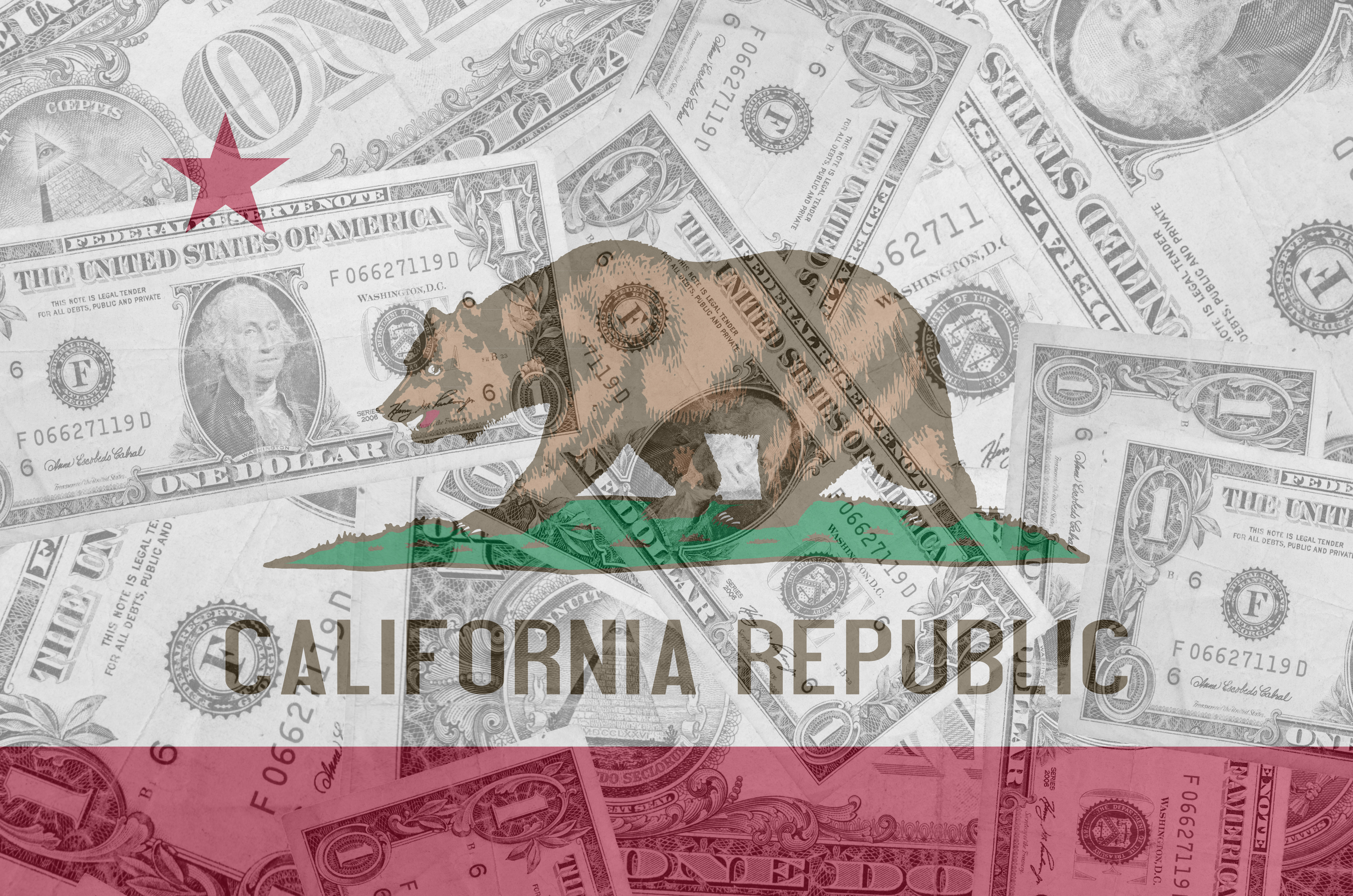At his September 23rd press conference announcing an eventual ban on the sales of vehicles with internal combustion engines, Governor Newsom claimed his administration is committed to energy policies based on science:
“We believe in science, not anecdote, not opinion. We believe in science. We’re driven by science … We believe in science-based rulemaking. And that rulemaking is underway through CalGEM, which is the regulatory agency in this space to put in place a framework around health and safety standards as well, and the possibility of mitigation zones … in addition to the efforts around fracking.”
Everyone agrees that policy should be based in science. To that end, here are three things for the Governor to keep in mind:
1) Studies have failed to support a rationale for 2,500-foot setback ‘buffer zones.’
Just one year ago, an exhaustive review of government reports and studies on the question of setbacks conducted by the City of Los Angeles Office of Petroleum and Natural Gas Administration and Safety – an office led at the time by Uduak-Joe Ntuk, who now leads statewide oil and gas policy for CalGEM – concluded:
“There is a lack of empirical evidence correlating oil and gas operations within the City of Los Angeles to widespread negative health impacts. The lack of evidence of public health impacts from oil and natural gas operations has been demonstrated locally in multiple studies by the Los Angeles County Department of Public Health, the Los Angeles County Oil & Gas Strike Team, the South Coast Air Quality Management District and the comprehensive Kern County Environmental Impact Report and Health Risk Assessment.” (Emphasis added.)
In the discussion of the scientific record, the Los Angeles Petroleum Administrator explicitly dismissed “any public panic or belief in a widespread public health crisis” caused by local energy production.
Separately, the Los Angeles County Department of Public Health (LADPH) also thoroughly reviewed the need for a 2,500-foot setback, evaluating seven Environmental Impact Reports and two Health Impact Assessments of oil and gas production sites in a comprehensive report. A technical analysis of these assessments found no evidence of significant adverse public health impacts or risks derived from oil and gas operations. In fact, one study included in the LADPH report found that doing away with oil and gas operations would have no appreciable effect on public health.
In addition, Community Health Assessments of the Inglewood Oil Field in 2011 and 2015 confirmed health outcomes of residents near the field to be similar to (and often better than) the health of residents throughout Los Angeles County and in areas where no oil production occurs.
In another study, the South Coast Air Quality Management District’s assessment of oil and gas operations presented to the Stationary Source Board found that toxins and particulate matter were “similar to levels observed in typical ambient air” and “below short-term exposure health guidance levels.”
In short, radical energy activists have spent years and millions of dollars perpetrating a myth that oil and gas operations cause negative health impacts. In reality, more than two dozen local, regional, state and federal agencies regulate every step of the production process in California to ensure that public health and the environment are fully protected. California oil and gas is produced under the most stringent emission control regulations in the world.
2) Activists have regularly made false and misleading claims on hydraulic fracturing.
On at least 32 occasions, on its website and in other materials, Food & Water Watch claims fracking has resulted in “toxic” and “poisoned” groundwater sources in the United States. Other groups like Earthworks, the Center for Biological Diversity, and Climate First: Replacing Oil and Gas (CFROG) have been just as aggressive and persistent in making similar outlandish claims.
However, the facts show:
A landmark study in 2004 by the U.S. Environmental Protection Agency (EPA) concluded there was “little to no threat” of hydraulic fracturing affecting underground sources of drinking water.
That study was subsequently validated in 2015 by a follow-up, 5-year study which found, “hydraulic fracturing activities have not led to widespread, systematic impacts to drinking water resources.” The Obama-era EPA called this effort “the most complete compilation of scientific data to date, including over 950 sources of information, published papers, numerous technical reports, information from stakeholders and peer-reviewed EPA scientific reports.”
In addition, more than two dozen other scientific, peer-reviewed studies and expert assessments have concluded that hydraulic fracturing is not a threat to groundwater. These studies have been conducted, funded, and published by organizations across the United States such as Stanford University, the United States Geological Survey (USGS), the Natural Resources Defense Council (NRDC), Yale University, the Proceedings of the National Academy of Sciences, the National Groundwater Association, and the University of Michigan.
3) Californians still consume massive quantities of oil and gas.
California consumers and businesses require nearly 1.4 million barrels of oil and gas per day to fuel transportation, provide reliable electricity to the grid, grow and transport food, and power businesses that provide jobs to working families. Banning or restricting the production of oil and gas in California overnight will not change that demand.
Thanks mostly to state and local policies driving down in-state production in recent years, California only produces 28% of the oil it needs every day. The rest – more than 1 million barrels per day – is imported from halfway around the world, exposing Californians to potential supply interruptions and price spikes driven by market uncertainty and global geopolitics.
A statewide production ban would translate into an additional 160 million barrels of oil imports to California annually, or an additional 465,000 barrels per day. And importing oil by tanker results in more carbon emissions than producing oil locally in-state.
As the Governor himself told Van Jones in an interview just last month: “Since 1985, we’ve reduced oil production in California by almost 56%, but we haven’t reduced demand … We’ve been importing [oil] from Colombia, Ecuador and Saudi Arabia, that – trust me – they don’t care much about labor standards or environmental standards. And so, it’s actually perversely been increasing our carbon footprint globally.”


